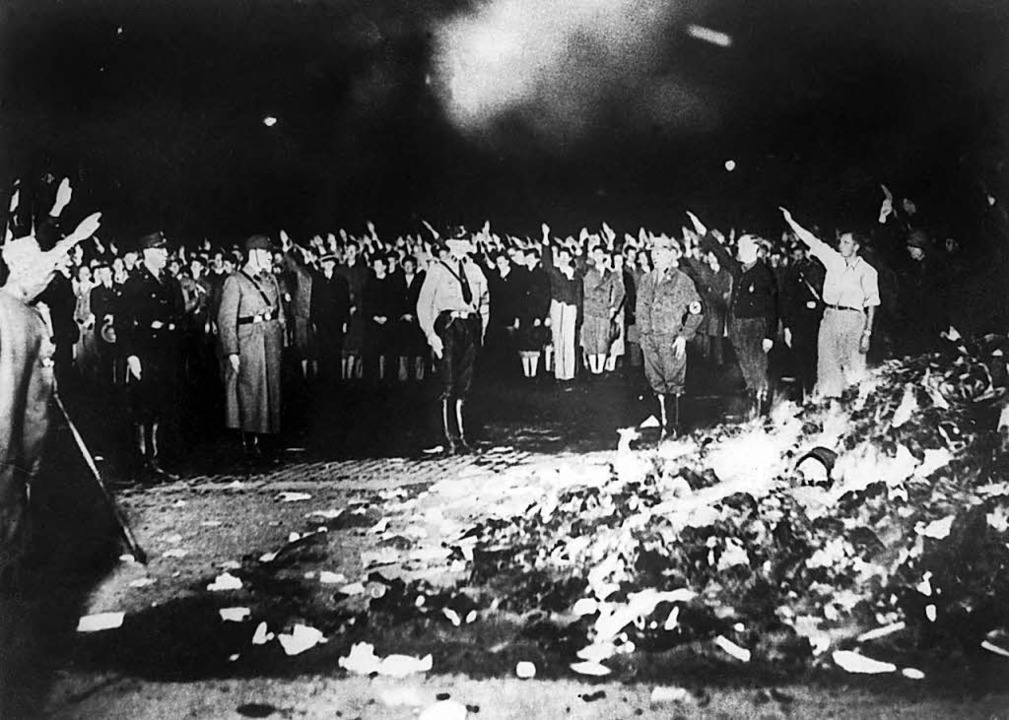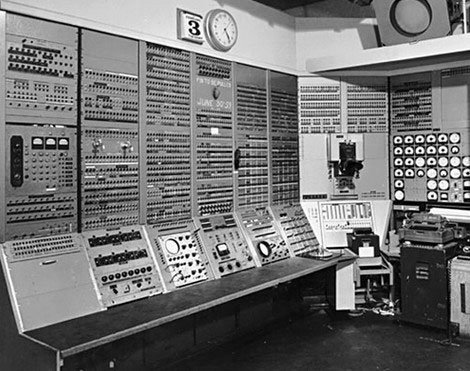Everything ever done always looks so much easier to spot and heed to when being looked upon with the gift of hindsight, but there are times where unique instances of foresight has given us all the tools to potentially avoid some of the most scary stories right across history. Below are some of the most eerie and unknown examples of brilliant pieces of predicting the future that were ultimately proven correct.
Navigate the article
#1 Japanese Tsunami Predictions
Sitting in the middle of the consistently volatile geographical location known as the 'ring of fire', Japan is no stranger to the world's most destructive earthquakes. Naturally being an island, Japan's earthquakes usually combine with the Pacific ocean border to create some of the most impressive, and the most scary, tsunamis across the globe. Consequently, through some of the most hazardous 'trial and error' scenarios in history, coastline-dwelling citizens have marked out the country with stone tablets complete with engravings warning future occupants of the area not to build anything below that point. Some of these stone tablets are over ten feet tall and range in date from as early as the sixth century.
#2 Global Warming Predictions – In 1847
The 1800s, particularly for Europe and the USA, are seen by many as being the golden age of industrialisation, with the smoggy and mechanised world of Victorian London being the first thing many think of when the century is mentioned. However, despite the obvious damage to the environment around them, very few ever stopped to actually consider the consequences of such rapid progression. George Perkins Marsh, a congressman from Vermont, however would mark himself out as the exception. In what would be one of the very first warnings of the effects of global warming, Marsh predicted that human intervention on the Earth's natural resources would, eventually, cause the temperature of the planet to gradually rise.
#3 Eisenhower foresees Holocaust Deniers
When the Allies invaded mainland Europe towards the end of the Second World War, future President of the USA and Supreme Leader of the Allied forces Dwight Eisenhower and his troops went to inspect the 'concentration camps' that had gathered such mysterious infamy during the war. Knowing that he had to fully venture inside so that he might be in a position to give first hand evidence against anyone wanting to somehow deny or twist the camps' nature, Eisenhower, upon inspection of the camps, was straight on the phone to London and New York begging for them to send over as many journalists and photographers as they could so that such horrors receive as much publicity as they deserved.
#4 A Burnt Book Predicts Book Burnings
The harrowing images of the Nazi book burnings in 1933 came to represent a steadfast belief that, in order to achieve a fully pure and strong country, all evidence of 'non-Aryan' existence needed to be purged. Heinrich Heine was a Jewish German writer who composed a play entitled 'Almansor' in 1821, which spoke in depth about the Christian Spanish Inquisitors burning the Quran, the holy book of the Islamic faith. In what should be the iconic quote of the 1930s and 1940s, Heine wrote: ""Where men burn books, they will burn people also in the end."
#5 Computing Pioneers Predict Government Spying
Paranoia has, in recent years, begun to soar when a conversation surrounding the Government, computers and our privacy is initiated. Whilst the new technological revolutions might seem something of a fairly recent development, the concern about its power has been discussed about for many years before today. The fears and concerns that secret organisations such as the CIA might be able to use these computers to install a far more far-reaching police system has its roots all the way back in the early 1970s with writers such as Tad Szulc.
#6 Airplane Security Leads To Tragedy
Every single part of airline security was altered forever by the effects of September 11, 2001, with the uptick in airport security checks being perhaps the most obvious. One other serious change however was the installation of the cockpit being able to lock from the inside, presumably to keep would-be intruders out. However, even this security feature has been used to wreak terror upon dozens. Locking his co-pilot out of the cockpit, a suicidal German pilot hijacked his own plane and crashed it in the French Alps in 2015. Where this gets chilling is that about two months prior to this incident, a fellow pilot named Jan Cochret had an eerie prediction that the well-intentioned security system could ultimately prove worse for the pilot than any bad guy. As he put it, "I seriously wonder who's sitting next to me ... I hope I never find myself in the situation where I go to the toilet and return to find a cockpit door that won't open."
This post was created with our nice and easy submission form. Create your post!







